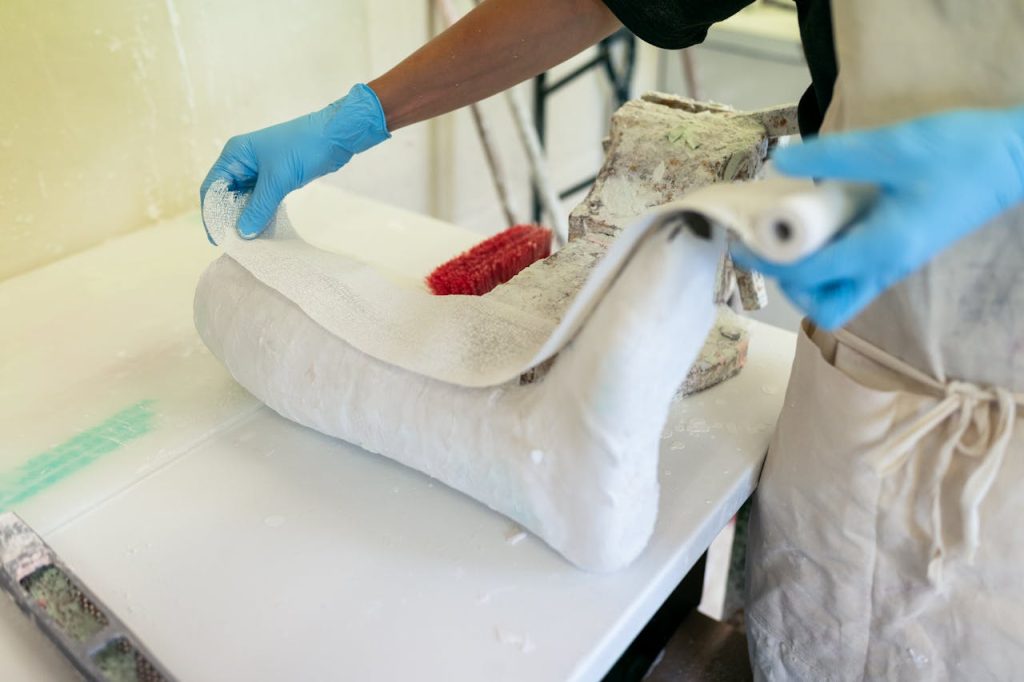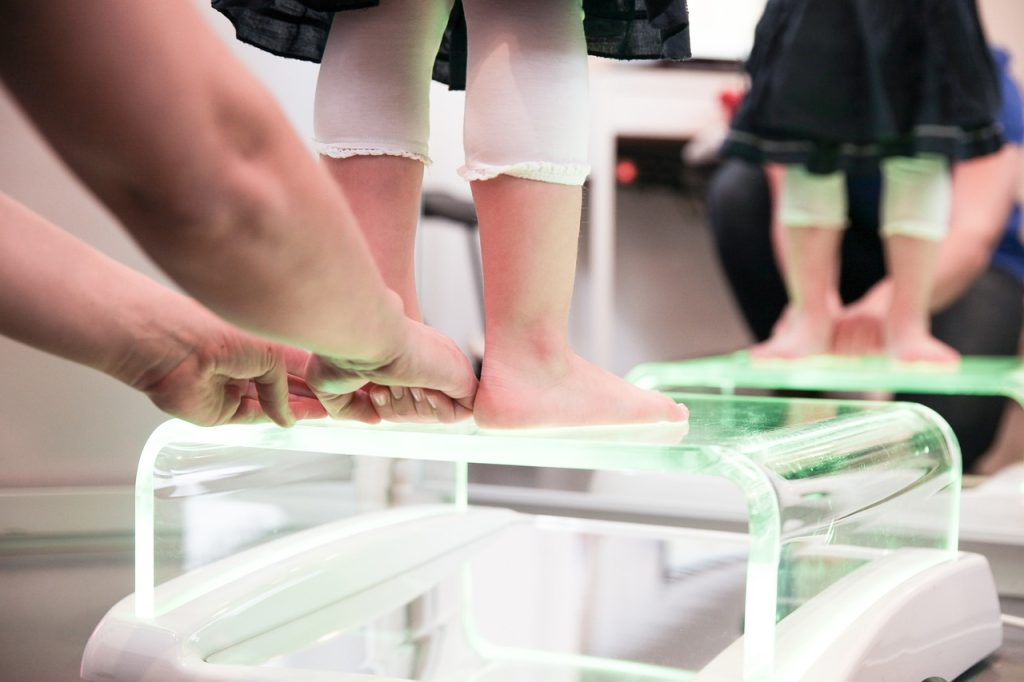Choosing the best orthopedic insoles for supination can be a game-changer in your quest for comfort and support. This step-by-step guide will navigate you through the intricate process, ensuring you make an informed decision. Understanding your foot mechanics and the specific needs of supination is crucial. By considering factors like material, arch support, cushioning, insoles, and sole footbeds, you can pinpoint the perfect orthotic solution tailored to your requirements. Stay tuned as we unravel the secrets to selecting orthotics, insoles, and sole footbeds that alleviate discomfort and enhance your daily activities.
Understanding Supination
What Is Supination
Supination is the outward rolling of the foot during movement, impacting foot mechanics. It differs from pronation and can be influenced by genetics and muscle imbalances.
Why Supination Is Problematic
Supination increases stress on the outer edges of the feet, leading to chronic pain and injuries. Addressing supination is crucial for maintaining foot health.
Common Issues With Supination
- Injuries: Ankle sprains and plantar fasciitis are common with supination.
- Misalignment: Supination can cause lower body misalignment.
- Challenges For Athletes: Runners and athletes face specific challenges due to supination and may benefit from insoles.
Choosing Orthotics For Supination
Importance Of Arch Support
Proper arch support with insoles is crucial in stabilizing the foot and reducing the effects of supination. It helps in distributing pressure evenly across the foot, preventing excessive rolling outward with insoles. This support also aids in maintaining proper alignment of the body, reducing strain on muscles and joints.
Using insoles with adequate arch support not only benefits the feet but also positively impacts overall body alignment. By supporting the arches, these orthotics or insoles help align the ankles, knees, hips, and spine, promoting better posture and reducing the risk of injuries related to poor alignment.
For daily activities, insoles with sufficient arch support are essential. They provide stability and comfort throughout the day, making walking, standing, or engaging in physical activities more manageable and less straining on the feet and body with insoles.
Selecting Insole Length
Choosing the correct insole length is vital for ensuring maximum comfort and support. It is recommended to select insoles that match the length of your shoes accurately. Ill-fitting insoles can cause discomfort and potentially worsen supination issues.
The right insole length enhances comfort by providing adequate cushioning and support where needed. It prevents friction and rubbing inside the shoe, reducing the risk of blisters or sore spots. Moreover, ensuring that insoles do not extend beyond the edge of the shoe maintains a proper fit and prevents discomfort.
Cushioning Considerations
When selecting orthotics, it is essential to consider the cushioning level for optimal shock absorption and soles. Different activities may require varying levels of cushioning to provide adequate protection from impact forces. The right amount of cushioning can reduce stress on joints and muscles during movement.
Balancing cushioning with support is key when choosing insoles. While cushioning absorbs shocks and provides comfort, adequate support ensures proper foot alignment and stability. Finding a balance between cushioning and support is crucial for overall foot health and performance.
Activity-Specific Needs
Specialized insoles tailored to specific activities like running or walking can enhance performance and prevent injuries. Different sports may require unique features in orthotics such as enhanced shock absorption or increased flexibility to accommodate specific movements.
It is important to assess personal activity levels and requirements before selecting orthotic solutions. Understanding the demands of your daily routine or sports activities can help in choosing orthotics that cater to your individual needs effectively.

Finding The Perfect Fit
Size And Comfort
Finding the right size of orthotics is crucial for optimal comfort and effectiveness. A snug fit ensures minimal movement within the shoe, enhancing overall support. Experiment with insoles of varying thicknesses to determine the most comfortable option.
Support And Lifestyle
Consider how your lifestyle impacts the type of orthotic support you require. Tailor your choice based on daily activities to ensure maximum benefit from the insoles. Assess your foot support needs according to your unique routines and preferences.
Assessing Foot Structure
Evaluate your foot structure to make an informed decision when selecting orthotics. Understand the different foot arch types (high, medium, low) to choose the most suitable support. Seek professional guidance for personalized assessments if necessary.
Final Remarks
Understanding supination, choosing the right orthotics, and ensuring a perfect fit are crucial steps in addressing your foot concerns. By acknowledging how supination affects your body, selecting suitable orthotics, and prioritizing comfort and support, you can enhance your overall well-being and daily activities. Remember, investing in quality orthotics tailored to your needs will not only alleviate discomfort but also prevent future issues associated with supination. Take the time to research, consult with experts if needed, and prioritize both functionality and comfort when selecting your orthotics.
Ensure you prioritize your foot health by following these steps diligently. Your feet play a vital role in your mobility and overall health, so taking care of them is essential for a pain-free and active lifestyle. Make informed choices when it comes to orthotics to support your feet effectively. Stay proactive in maintaining your foot health to enjoy a more comfortable and active life.
Frequently Asked Questions
1. How Does Supination Affect The Body?
Supination is when weight is placed on the outer edges of the feet while walking or running. This can lead to issues like ankle pain, plantar fasciitis, and knee problems due to improper distribution of weight and impact during movement.
2. What Are The Benefits Of Using Orthotics For Supination?
Orthotics designed for supination can help correct foot alignment, provide cushioning and support to the arches, reduce discomfort, prevent injuries, and improve overall foot function. They can enhance stability and promote proper gait mechanics for better mobility.
3. How Do I Know If I Need Orthotics For Supination?
If you experience symptoms like outer foot pain, ankle instability, excessive wear on the outer sole of your shoes, or recurrent injuries related to supination, it’s advisable to consult a podiatrist or healthcare professional for an assessment to determine if orthotics are necessary.
4. Are Custom Orthotics Better Than Over-The-Counter Options For Supination?
Custom orthotics are tailored specifically to your foot structure and gait pattern, offering personalized support and comfort. While over-the-counter options can be beneficial for mild cases, custom orthotics provide superior correction and long-term relief for individuals with severe supination issues.
5. How Often Should I Replace My Orthotics For Supination?
The lifespan of orthotics varies depending on usage, materials, and individual factors. On average, custom orthotics may last 2-5 years before needing replacement, while over-the-counter options typically last 6-12 months. Regularly inspect your orthotics for signs of wear and consult a specialist for guidance on replacement.
Find Relief From Supination With Custom Orthotics From The Shoe Doctor!
If supination (underpronation) is causing discomfort and impacting your daily activities, custom orthotics could be the solution to restore balance, improve mobility, and reduce pain. Supination occurs when your weight shifts to the outer edges of your feet, often leading to foot, knee, and hip pain and instability. Custom orthotics are designed to correct this misalignment, providing targeted support that promotes proper foot posture and long-term health. By addressing the root cause of supination, these orthotics can help you walk, run, and live actively—pain-free.
At The Shoe Doctor, we bring over 20 years of expertise in crafting high-quality orthotics designed to combat issues like supination. Our expert, Russell, utilizes cutting-edge 3D foot mapping technology to create orthotics that perfectly match the unique structure of your feet. In collaboration with the Spine & Injury Medical Center in San Jose, we take a holistic approach to mobility challenges, ensuring that your treatment goes beyond foot health alone.
If you’re located in the South San Francisco Bay Area, trust The Shoe Doctor for effective, personalized orthotics that improve your movement and comfort. Schedule your complimentary consultation today and take the first step toward correcting supination for good!
Disclaimer
The materials available on this website are for informational and entertainment purposes only and not to provide medical advice. You should contact your doctor to obtain advice concerning any particular issue or problem. You should not act or refrain from acting based on any content included in this site without seeking medical or other professional advice. The information presented on this website may not reflect the most current medical developments. No action should be taken in reliance on the information contained on this website and we disclaim all liability for actions taken or not taken based on any or all of the contents of this site to the fullest extent permitted by law.


